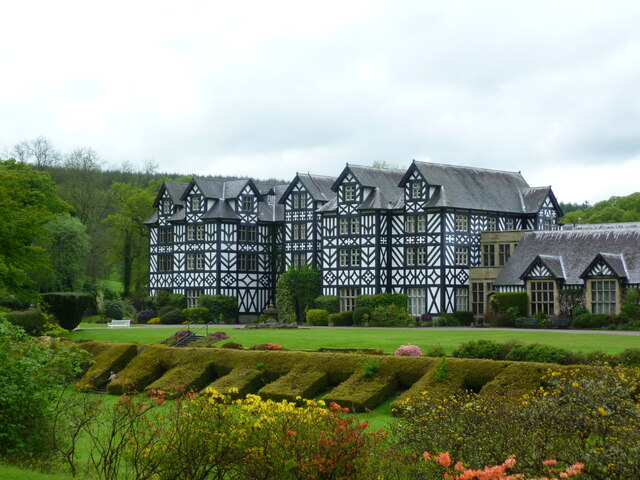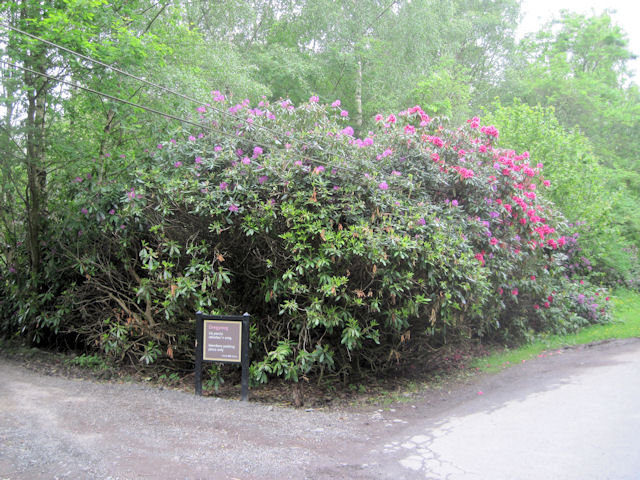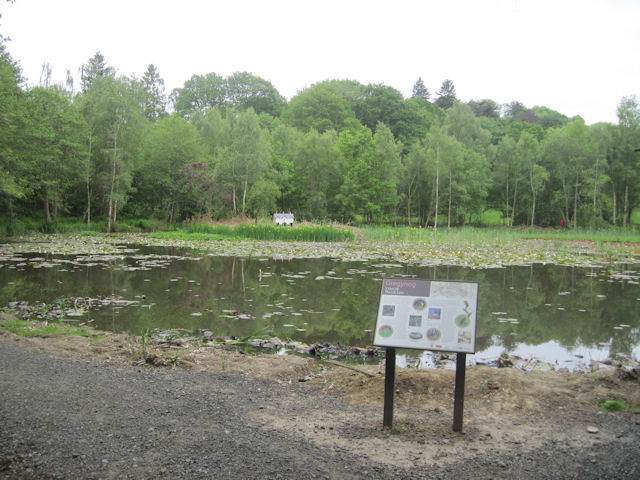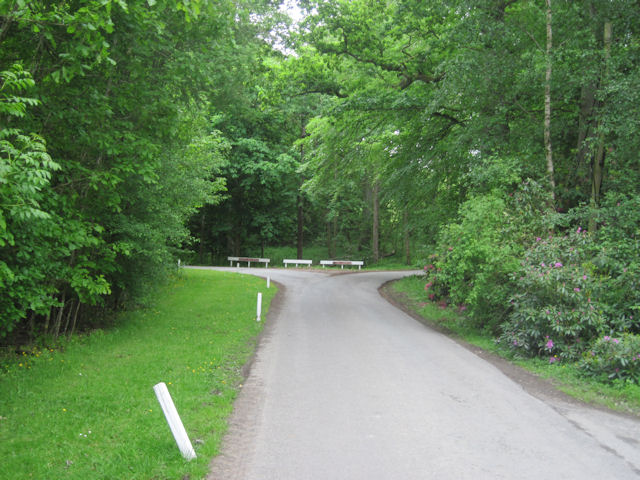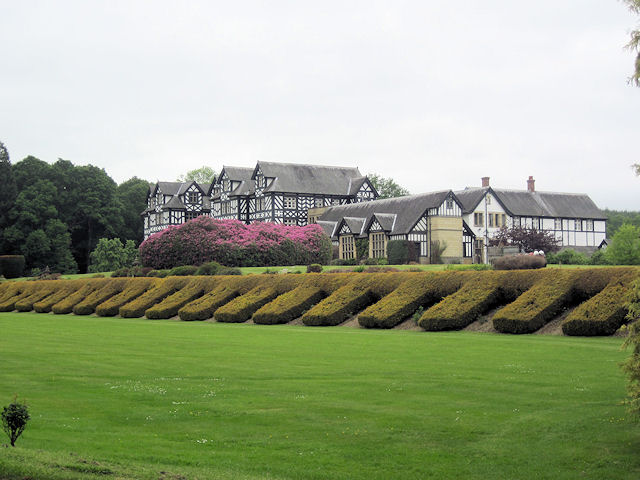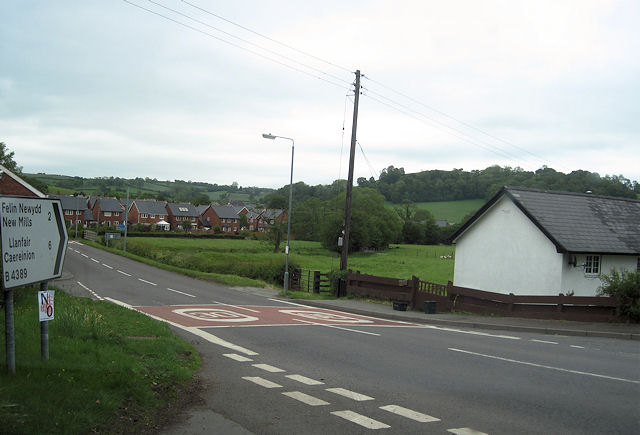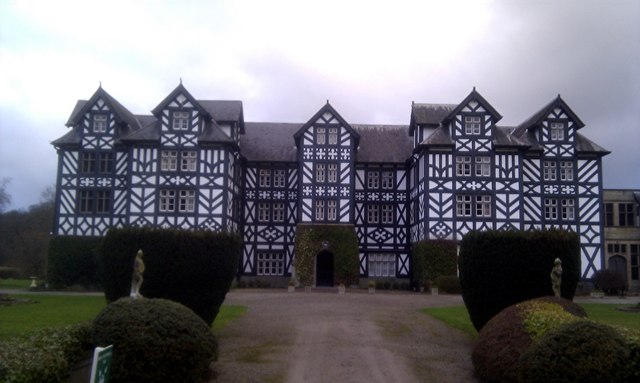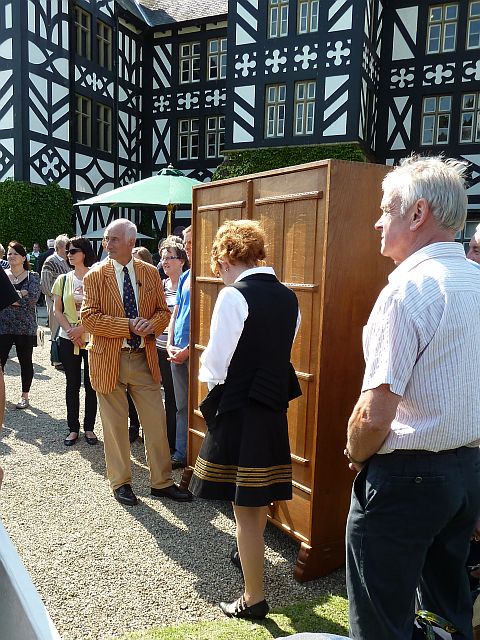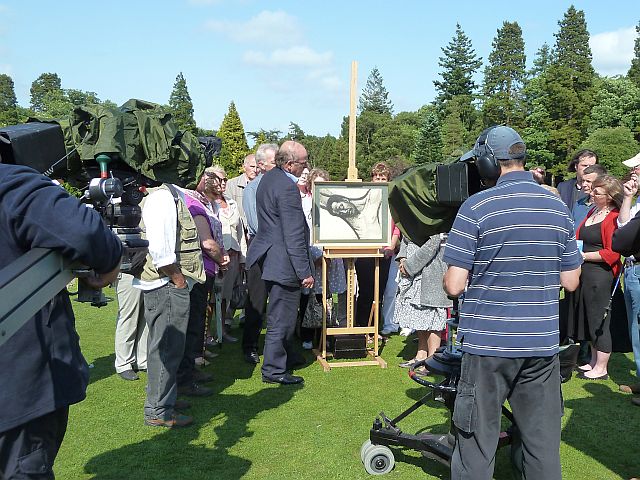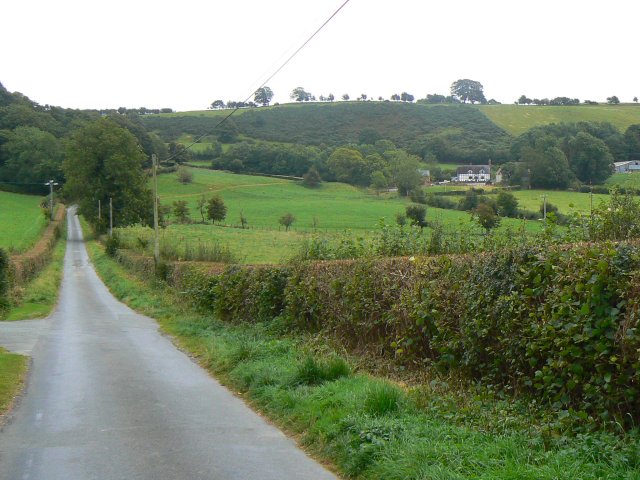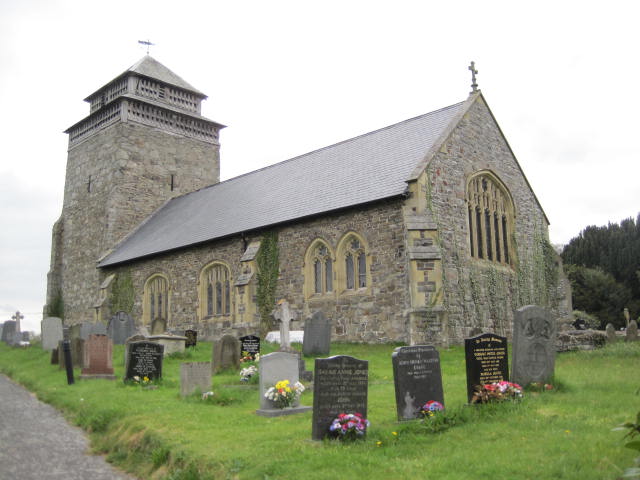Cabin Wood
Wood, Forest in Montgomeryshire
Wales
Cabin Wood
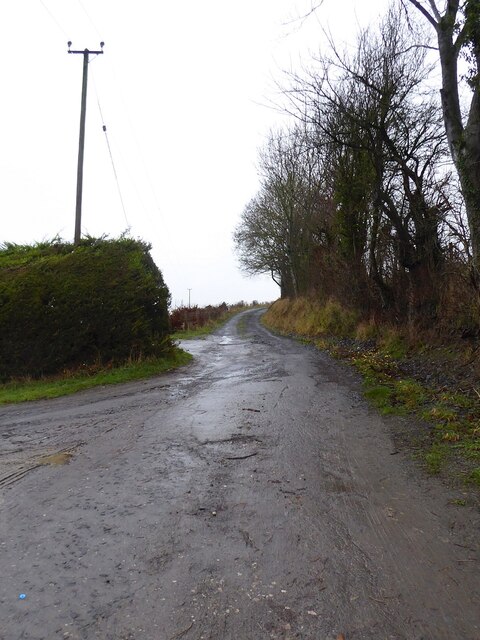
Cabin Wood, located in Montgomeryshire, is a picturesque forest area that boasts serene natural beauty and a diverse range of flora and fauna. Covering an expansive area, this wood is a haven for nature enthusiasts, hikers, and wildlife lovers alike.
The wood is characterized by its dense canopy of towering trees, including oak, beech, and birch, which provide a cool and shaded environment even during the hottest summer days. The forest floor is covered with a variety of wildflowers, ferns, and mosses, creating a vibrant and colorful landscape.
Cabin Wood is home to a wide range of wildlife, making it a popular spot for birdwatching and animal spotting. Visitors may be lucky enough to catch a glimpse of red kites soaring above the treetops or spot woodland creatures such as badgers, foxes, and deer.
Several well-marked walking trails wind their way through the wood, offering visitors the opportunity to explore the dense foliage and discover hidden gems within. These trails vary in difficulty, catering to both casual walkers and more experienced hikers.
The wood is also known for its historical significance, with remnants of old cabins and structures that once served as shelters for woodsmen and charcoal burners. These remnants provide insights into the area's rich history and add an air of mystery to the woodland experience.
Overall, Cabin Wood in Montgomeryshire offers a tranquil escape from the hustle and bustle of everyday life, allowing visitors to immerse themselves in the beauty of nature while enjoying a variety of outdoor activities.
If you have any feedback on the listing, please let us know in the comments section below.
Cabin Wood Images
Images are sourced within 2km of 52.561602/-3.3423517 or Grid Reference SO0996. Thanks to Geograph Open Source API. All images are credited.


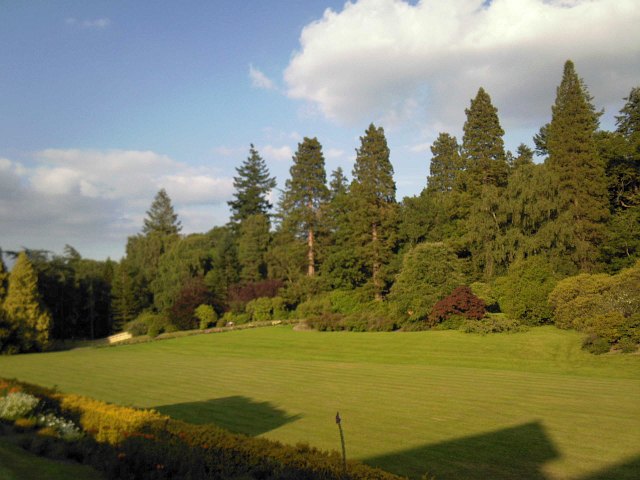
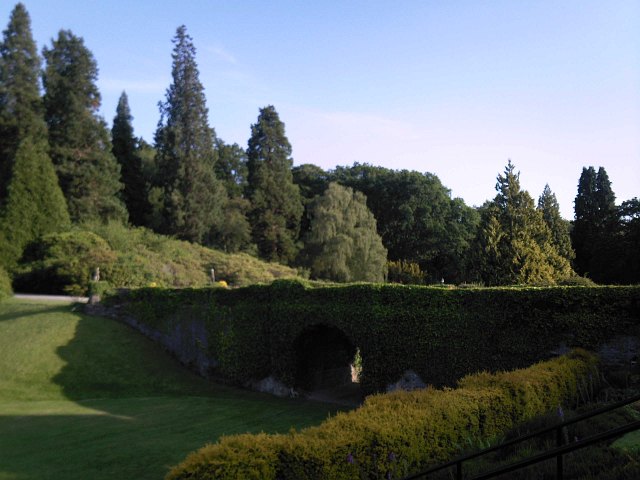
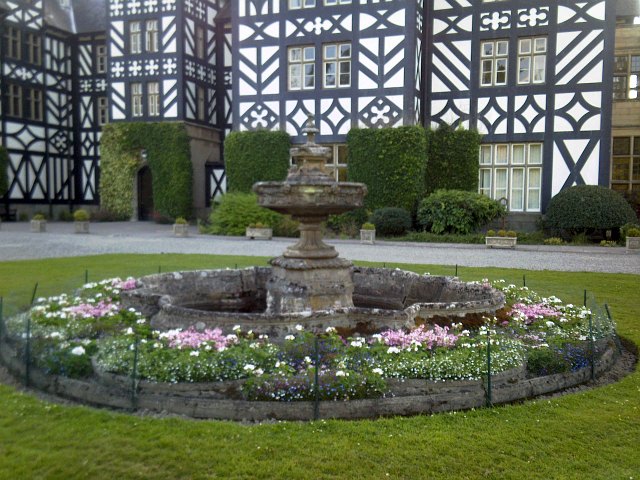
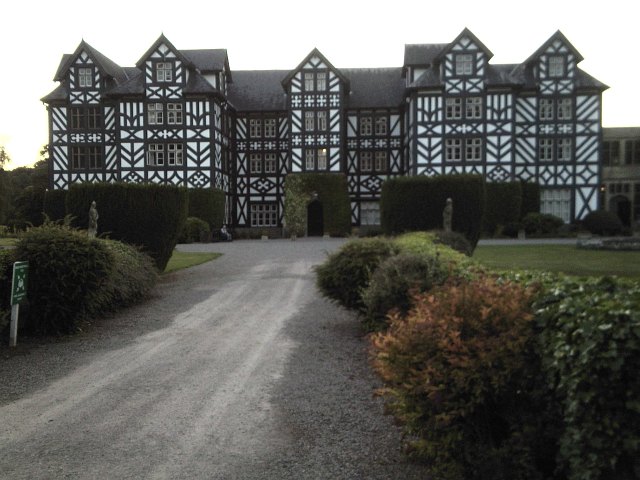
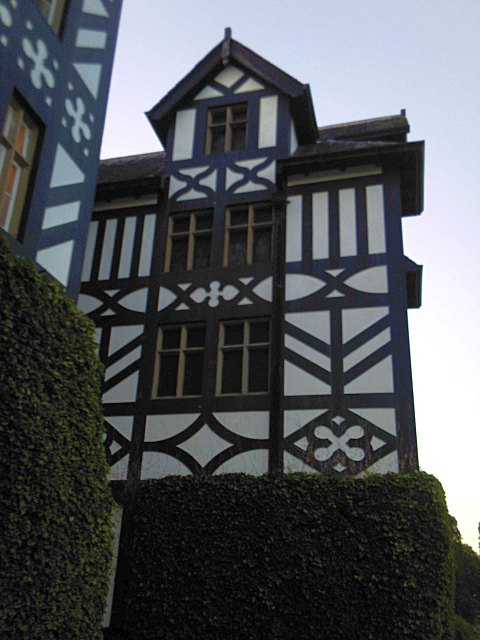
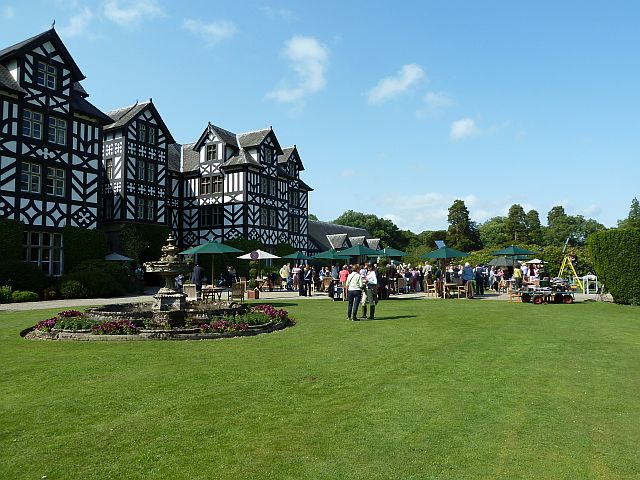
Cabin Wood is located at Grid Ref: SO0996 (Lat: 52.561602, Lng: -3.3423517)
Unitary Authority: Powys
Police Authority: Dyfed Powys
What 3 Words
///rushed.dislikes.maker. Near Newtown, Powys
Nearby Locations
Related Wikis
Gregynog Hall
Gregynog (Welsh pronunciation: [ɡrɛˈɡənɔɡ]) is a large country mansion in the village of Tregynon, 4 miles (6.4 km) northwest of Newtown in the old county...
Tregynon
Tregynon is a small village and community in Montgomeryshire, Powys, Wales, to the north of Newtown and south west of Welshpool. The population of the...
St Beuno's Church, Bettws Cedewain
St Beuno's Church, Bettws Cedewain lies within the historic county of Montgomeryshire in Powys. The church occupies a prominent position overlooking the...
Bettws Cedewain
Bettws Cedewain (Welsh: Betws Cedewain), also known as Bettws Cedewen, is a small village and community in Montgomeryshire, Powys, Wales. It lies in a...
Nearby Amenities
Located within 500m of 52.561602,-3.3423517Have you been to Cabin Wood?
Leave your review of Cabin Wood below (or comments, questions and feedback).
